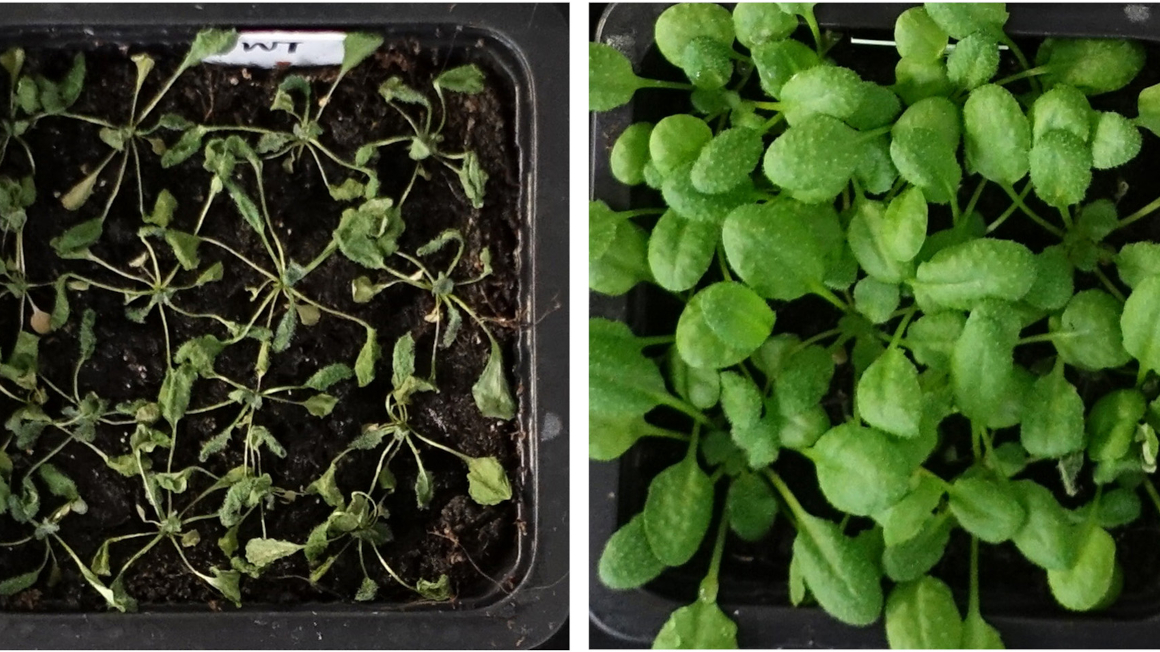New apple varieties for allergy sufferers
Researchers from Osnabrück, Munich and Berlin have developed ZIN 168 and ZIN 186, the first apple varieties in Europe to be officially certified as allergy-friendly.

Apples are healthy and yet people with an apple allergy have to avoid them because of unpleasant symptoms. Various allergenic ingredients cause a burning sensation in the mouth and throat when biting into an apple, make the tongue and lips swell or cause numbness. The good news is that in just a few years there could be apples in the supermarket that allergic people can enjoy without any problems. The innovation is the result of a five-year research project involving scientists from Osnabrück University of Applied Sciences, the Technical University of Munich (TUM) and Charité - Universitätsmedizin Berlin. The project received 385,000 euros in funding from the German Federal Ministry of Food and Agriculture through the German Innovation Partnership for Agriculture (DIP) program.
Allergen potential of different apple varieties investigated
The allergy-friendly apples are two varieties that currently still bear the names ZIN 168 and ZIN 186. ZIN stands for Züchtungsinitiative Niederelbe (Breeding Initiative Lower Elbe), whose portfolio the researchers were able to draw on. "Since it is known that different varieties have different allergen potential, we were very confident that we would find one or perhaps several allergy-friendly varieties in this pool of varieties," says Werner Dierend, head of the fruit-growing department at Osnabrück University of Applied Sciences.
Birch pollen allergy sufferers can also not enjoy apples
Two of the four known apple allergen families were studied in more detail in the project. The analysis of the apple samples for these allergens was carried out by a team led by Wilfried Schwab of the Technical University of Munich. "The majority of apple allergy sufferers in Northern and Central Europe as well as North America react to the allergen Mal d 1, as this protein has a very similar molecular structure to the allergen Bet v 1 in birch pollen. This means that birch pollen allergy sufferers often also experience unpleasant side effects when eating apples," explains Schwab. The allergen Mal d 3, on the other hand, is responsible for apple allergies in southern Europe.
Specifically, 700 different ZIN varieties were tested for their Mal d 1 content. Those varieties with a particularly low Mal d 1 content were then tested on apple allergy sufferers under the medical supervision of Karl-Christian Bergmann from the Charité hospital in Berlin. "They then rated the typical symptoms, such as itching, tingling in the mouth, and swelling of the lips, tongue, and oral mucosa, according to their intensity on a three-point scale," Bergmann reports. Within two years, 41 ZIN varieties were tried out, with 17 of them being tested a second time.
European label for allergy-friendly apples
The result: Some of the apple varieties tested here were even better tolerated than the comparison variety Santana, which is already classified as allergy-friendly. With ZIN 168 and ZIN 186, two new candidates have now been found that can be eaten by apple allergy sufferers without any problems. They are also the first apple varieties to receive the ECARF Seal of the European Centre for Allergy Research Foundation. The research team is optimistic that the two allergy-friendly apple varieties will be on sale from 2025.
bb


